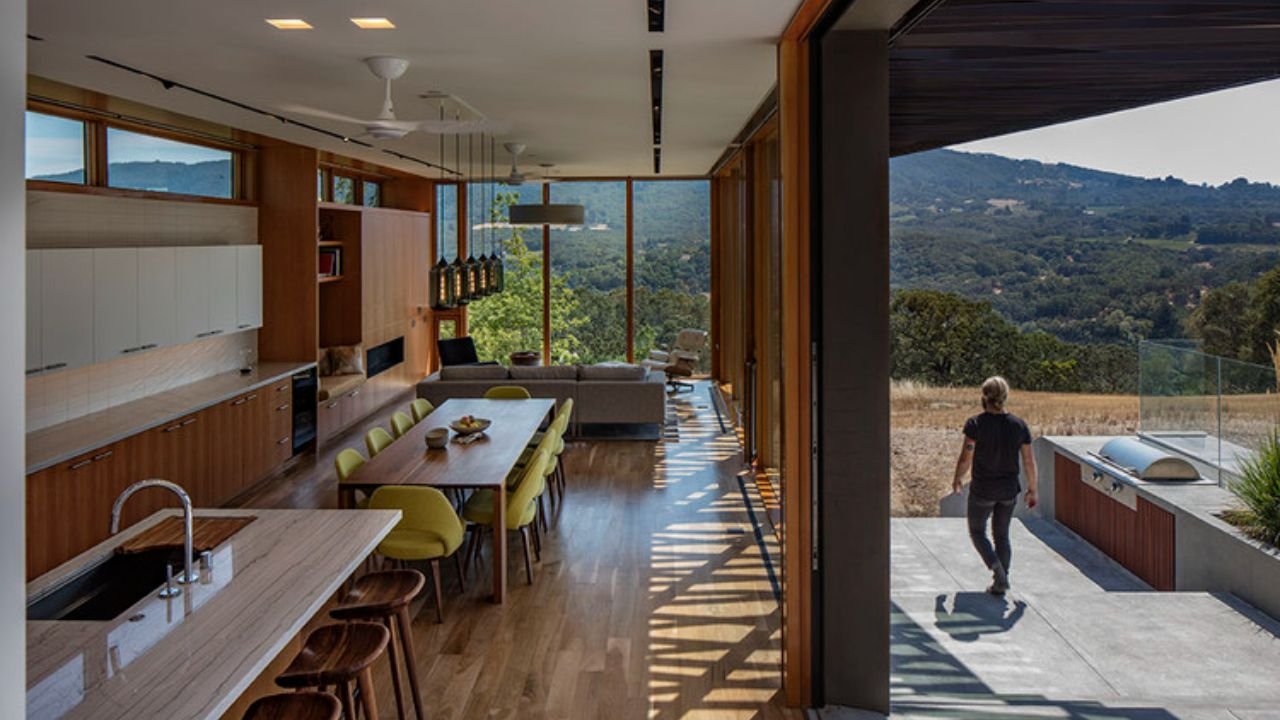When selecting the perfect hardware for doors, one must consider a multitude of factors. Architectural door hardware plays a crucial role in both the functionality and aesthetic of a building. For those new to the field, the variety of available options can be overwhelming. From the classic to the contemporary, A’besco provides an expansive selection of architectural fittings to satisfy any design requirement.
Types of Door Hardware
Door hardware encompasses a broad range of products, each serving a distinct purpose. Common types include door handles, locks, hinges, and closers. Each component is vital not only for convenience and security but also for contributing to the overall architectural style of the premises.
Handles and Knobs
Door handles and knobs are the most interacted-with components of a door, meaning their choice impacts user experience significantly. Handles can come in various materials, shapes, and finishes, allowing for customisation to fit the desired aesthetic. From lever handles to pull handles, the right choice can enhance the accessibility and function of any space.
Locks and Latches
Security is paramount in both residential and commercial settings, making the choice of locks and latches incredibly important. Options range from traditional key-operated locks to keyless electronic systems. For optimal security, consider the specific needs of each entrance and the level of protection required.
Hinges: Standard and Pivot
Hinges are essential for attaching doors to frames, and they play a significant role in door operation. The pivot hinge is a popular choice for users seeking a seamless and modern swing mechanism. This hinge type allows for smooth operation and unobtrusive installation, ideal for high-end or contemporary applications.
Closers and Stops
To ensure doors close smoothly and securely, door closers and stops are essential accessories. Closers can be manually or automatically operated, and they prevent doors from slamming, enhancing longevity and safety. Stops limit door movement, protecting walls and furnishings from impact damage.
Choosing the Right Material
Architectural door hardware is available in a wide array of materials, each offering unique advantages. Popular materials include stainless steel, brass, and aluminium, chosen for their durability and aesthetic qualities. The selection of material should reflect both the environmental conditions and the desired appearance.
Finishes for Aesthetic Appeal
The finish of hardware components can drastically affect the final look of a door. Options range from polished metals to matte and patinated surfaces, offering a complementary finish for virtually any design scheme. Carefully selecting the finish can enhance both the aesthetic appeal and the longevity of hardware.
Considerations for Architectural Hardware
Functionality and aesthetics must align when choosing Architectural hardware. Architects and designers should assess the specific needs of each project, considering factors such as frequency of use, environmental conditions, and stylistic preferences. Consulting with suppliers like Abesco ensures a comprehensive understanding of available options.
Sustainability in Door Hardware
Modern architectural practices emphasise sustainability, and door hardware is no exception. Selecting sustainable materials can reduce environmental impact while providing long-term benefits. Recycled metals and energy-efficient electronic locking systems are examples of sustainable choices that do not compromise on function or style.
Meeting Compliance Standards
The need to adhere to legal and safety standards makes compliance a critical aspect of selecting door hardware. Regulations may dictate specific requirements for fire safety, accessibility, or security, depending on the building type. Understanding these requirements is crucial in making informed decisions about hardware selection.
Innovations in Door Hardware
The door hardware industry is continually evolving, with innovative solutions enhancing both functionality and design. From smart locks to automated doors, embracing technology can greatly improve user experiences while offering unique design opportunities.
In conclusion, understanding the breadth and depth of architectural door hardware is essential for any building project. With precise selection and professional guidance, achieving both functional and aesthetic excellence is possible, enhancing the overall value and appeal of any architectural endeavour.
You May Also Read: Love Where You Live: Home Improvement Projects That Make It Feel Brand New

